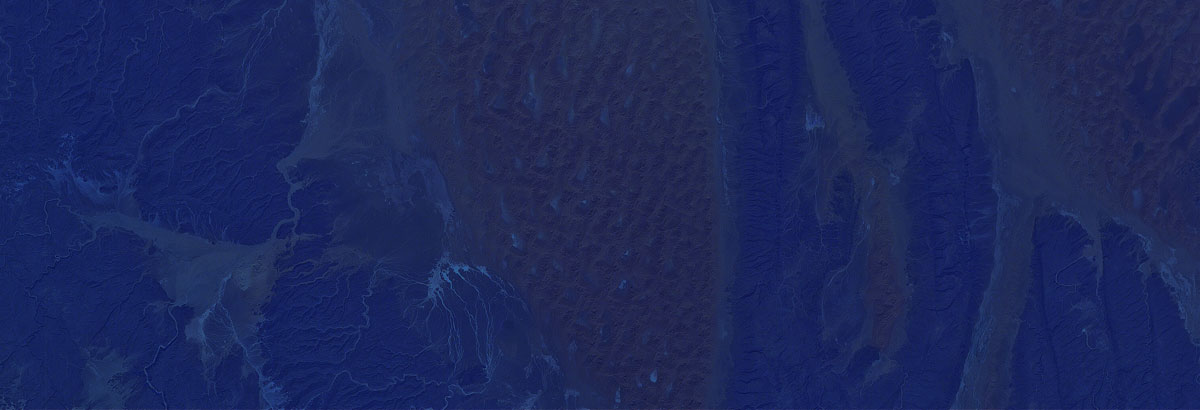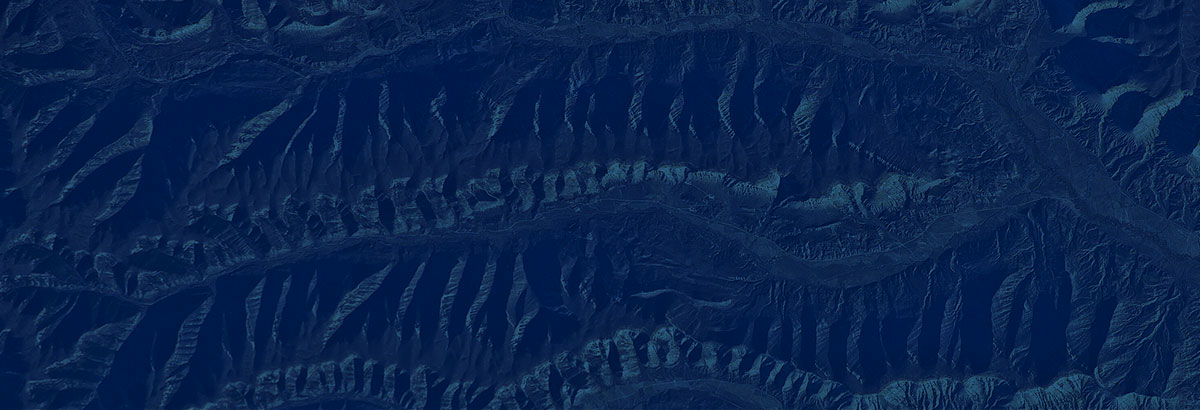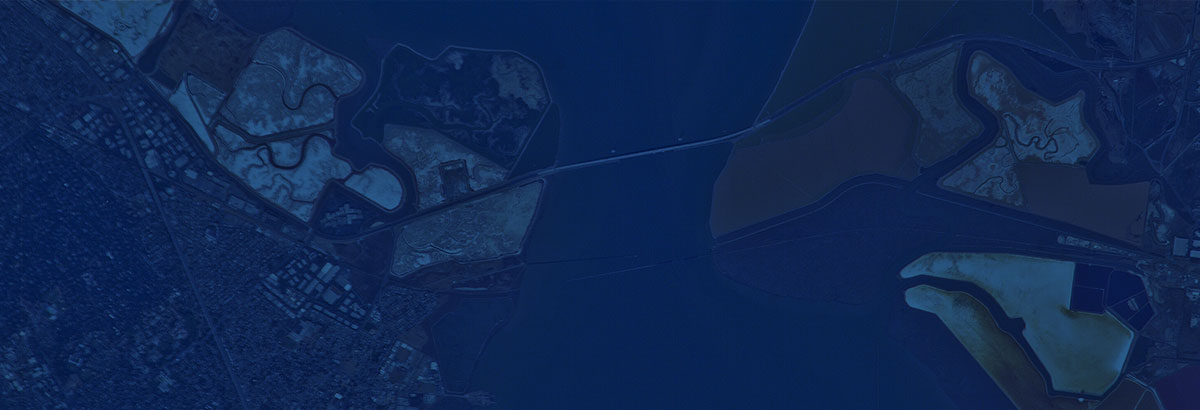Asteroid Institute | Fall 2022 Hackathon Focuses on Risky Asteroids and New Dataset
November 18, 2022
The Asteroid Institute crew met at the University of Washington in Seattle for a three-day, team-centric, problem-solving hackathon.

The Asteroid Institute crew sporting their new t-shirts. From left to right: Nate Tellis, Quentin Caudron, Mario Juric, Alec Koumjian, Joachim Moeyens, Kathleen Kiker, Ed Lu, Paulo Barrera, Danica Remy, Colleen Fiaschetti and Allan Posner.
Last week, the Asteroid Institute crew met at the University of Washington in Seattle for a three-day, team-centric, problem-solving hackathon. This was an opportunity to work together over the course of several days on two parallel tracks of effort, and to lay some groundwork for future endeavors. In attendance was the core ADAM team, including Alec Koumjian, our new head of software engineering, as well as volunteers and several students, a part of our ongoing collaboration with our partners at the University of Washington’s DiRAC Institute.
The crew separated into teams to hone in on two key purposes: 1) use Precovery to search the European Space Agency risk list and 2) build a composite Precovery database that allowed us to run Precovery across a sample of additional data sets.
The first group found some promising, potentially undocumented observations while utilizing ADAM to search for Precovery observations from the ESA risk list in the NOIRLab Source Catalog. The team is now working to confirm the observations, and this due diligence is an important step: each candidate, and notably the cutout image from the initial source exposure, has to be carefully reviewed to rule out false positives. The observations that we can confirm as belonging to an asteroid on the risk list could have a small but significant adjustment to the current orbital fit, which could potentially alter the assessed probability of an impact with Earth. In the future, as new datasets are made available to ADAM’s Precovery service, we will run the ESA risk list through this same analysis repeatedly to catalog new observations in old data.
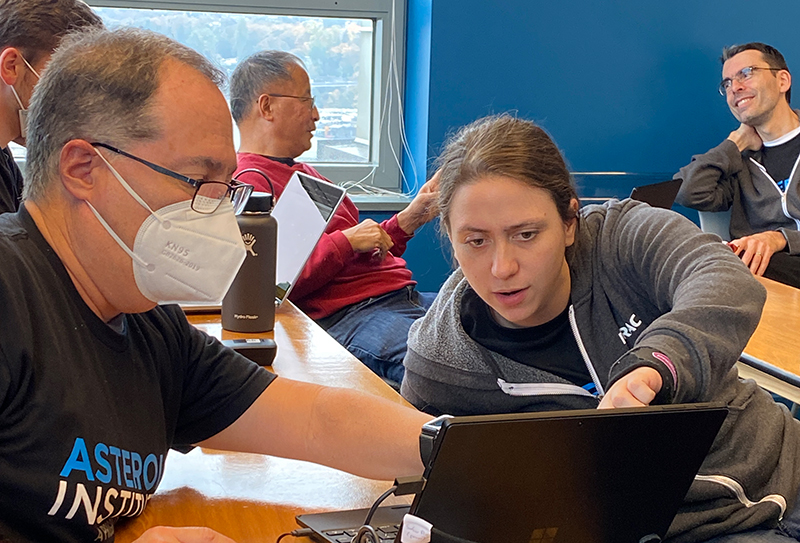
Allan Posner and Kathleen Kiker share information at the 2022 Asteroid Institute Fall Hackathon.
The other group worked on those additional datasets. We were able to build a composite Precovery database that allowed us to run Precovery across a sample of NSC, SDSS, and Skymapper data, and are now working to index the full range of each of these datasets. The resulting database will enable ADAM to search for Precovery observations across an even greater extent of time and sky coverage, and one of the first things we plan to do is run the risk list through Precovery, searching for isolated observations that may have eluded teams in the past. Thanks to interns Paulo Barrera, Fabio Herpich, Eli Lingat, Amelia Whitlow, and Sherry Yang, we have made major progress in downloading, preprocessing and indexing data from Skymapper, ZTF, S-PLUS, SDSS, and the MPC’s Isolated Tracklet File.
To round out the hackathon, the team spent part of the last day looking to the future as we defined the common infrastructure that will be used to run Precovery, THOR, and additional services on ADAM at that required scale. As ADAM’s Precovery service becomes more mature (including adding the ability for end-users to request bulk runs), the underlying foundation and infrastructures must be fortified. First light at the Vera C. Rubin Observatory is only two years away, and our data management, algorithms, and testing pipelines need to be authenticated at the scale of LSST.
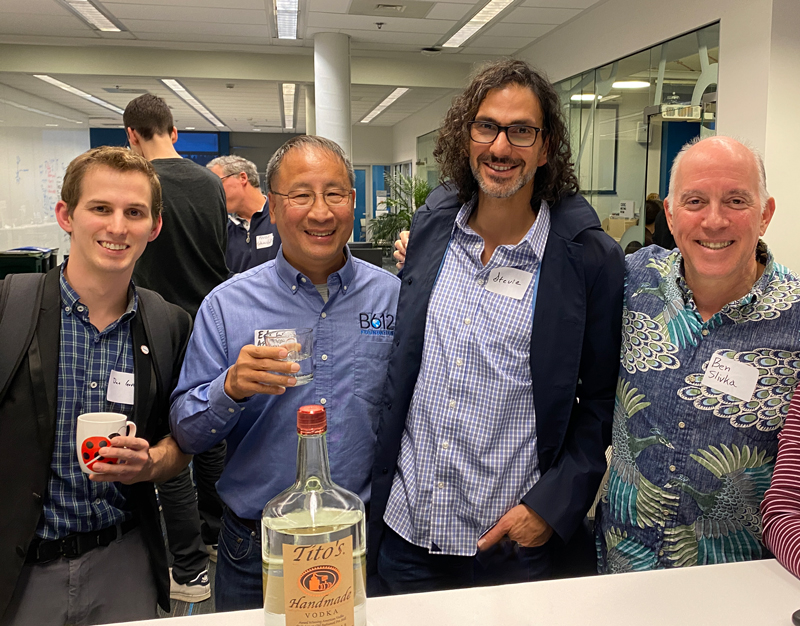
Asteroid Institute Executive Director Ed Lu and guests pose with Tito’s vodka in celebration of the Tito’s match challenge.
The event concluded with a reception at the eScience Institute welcoming local friends for a briefing on our ongoing partnership with DiRAC and the University of Washington and an update on our progress. Director of the LSST science team Mario Juric gave a presentation showcasing the exponential detection rate of asteroids once the Vera C. Rubin Observatory is online, which was further explained by Asteroid Institute Research Fellow Joachim Moeyens. Dr. Ed Lu followed with a stirring account of how maps have shaped human history, and how ADAM will be used in ways we can only begin to imagine today. Guests then enjoyed drinks and bites while chatting with the science team and other friends from the University of Washington.
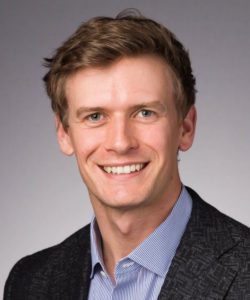 Nate Tellis is an Asteroid Institute software engineer working on developing and scaling ADAM services on the cloud and providing clean and clear web and API interfaces for use by the astronomical community. Nate spent several years as a staff scientist with the UC Berkeley Department of Astronomy and holds his Bachelor of Science in Physics and Computer Science from McGill University, Montreal.
Nate Tellis is an Asteroid Institute software engineer working on developing and scaling ADAM services on the cloud and providing clean and clear web and API interfaces for use by the astronomical community. Nate spent several years as a staff scientist with the UC Berkeley Department of Astronomy and holds his Bachelor of Science in Physics and Computer Science from McGill University, Montreal.









